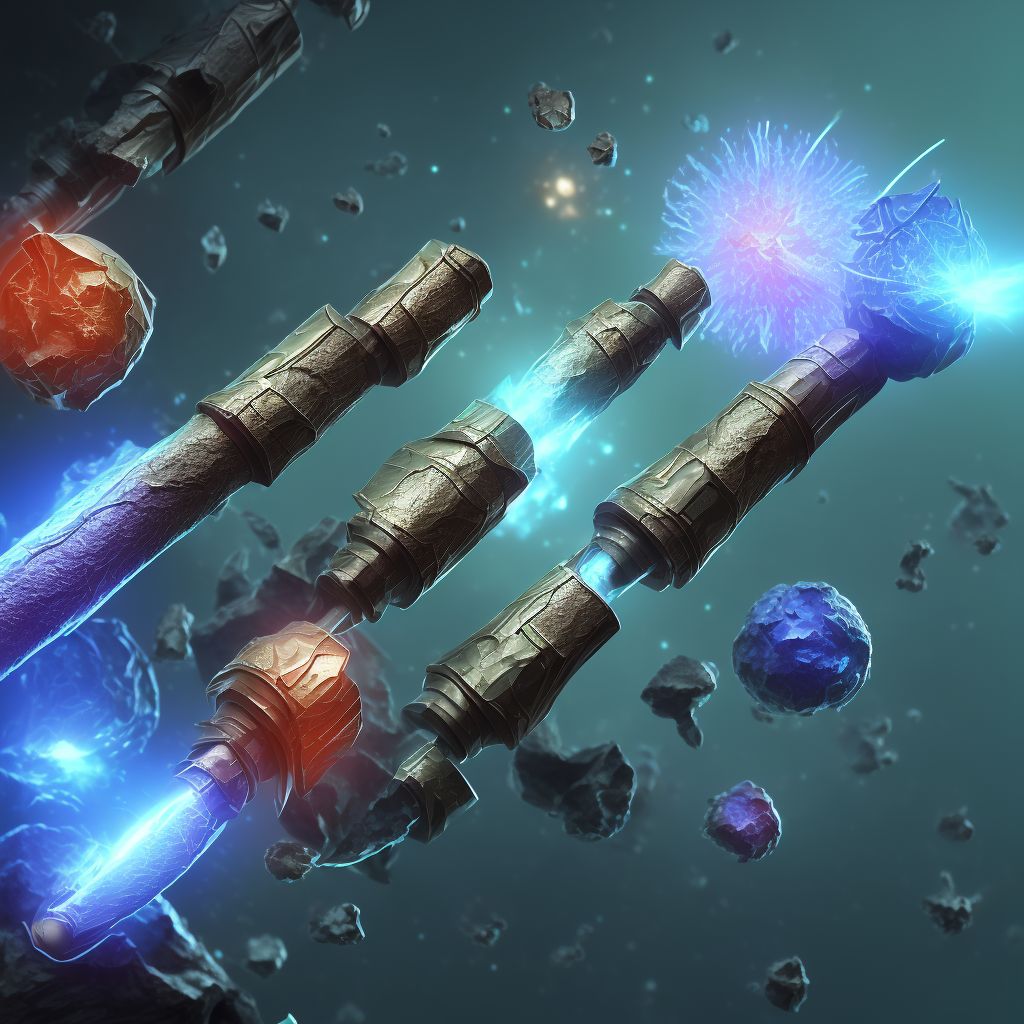
Nondisplaced comminuted fracture of shaft of left fibula, subsequent encounter for open fracture type I or II with delayed healing Save
ICD-10 code: S82.455H
Disease category: S82.455: Nondisplaced comminuted fracture of shaft of left fibula
Nondisplaced Comminuted Fracture of the Shaft of Left Fibula: Understanding Delayed Healing
When it comes to bone fractures, the road to recovery is not always straightforward. One such complex fracture is the nondisplaced comminuted fracture of the shaft of the left fibula. This type of fracture involves the breaking of the fibula bone into multiple pieces without any significant displacement.
After an initial encounter for an open fracture type I or II, patients may experience the frustrating phenomenon of delayed healing. Delayed healing refers to a situation where the fracture takes longer than expected to heal or fails to heal completely. This setback can be attributed to various factors such as age, overall health, smoking, or poor nutritional status.
Understanding the intricacies of this condition is crucial for both patients and healthcare professionals. Although we won't delve into treatment methods in this article, we will explore the possible causes of delayed healing and highlight the importance of a comprehensive approach to recovery.
- Age: Advanced age can slow down the healing process and increase the risk of delayed healing. Older individuals may have reduced bone density and a diminished capacity for bone regeneration.
- Overall Health: Certain medical conditions, such as diabetes or osteoporosis, can hinder the body's natural healing mechanisms. Additionally, a compromised immune system may contribute to delayed healing.
- Smoking: Smoking has a detrimental effect on bone healing. The chemicals present in cigarettes can restrict blood flow and impair the delivery of necessary nutrients to the fractured bone.
- Nutrition: Adequate nutrition is essential for proper bone healing. A diet lacking in essential vitamins and minerals, especially calcium and vitamin D, can impede the healing process.
Dealing with a nondisplaced comminuted fracture of the shaft of the left fibula and subsequent delayed healing can be challenging. However, with a comprehensive treatment plan that addresses individual factors, patients can increase their chances of successful recovery.
Remember, if you or a loved one is dealing with a nondisplaced comminuted fracture of the shaft of the left fibula, it is essential to consult with a healthcare professional for a personalized treatment approach. Stay tuned for our next article, where we will explore effective treatment strategies for this complex fracture.
Treatment of Nondisplaced comminuted fracture of shaft of left fibula, subsequent encounter for open fracture type I or II with delayed healing:
Treatment Options for Nondisplaced Comminuted Fracture of Shaft of Left Fibula
A nondisplaced comminuted fracture of the shaft of the left fibula, subsequent encounter for open fracture type I or II with delayed healing, can be a challenging injury to treat. However, several effective treatment options are available to promote healing and restore function to the affected area.
...To see full information about treatment please Sign up or Log in